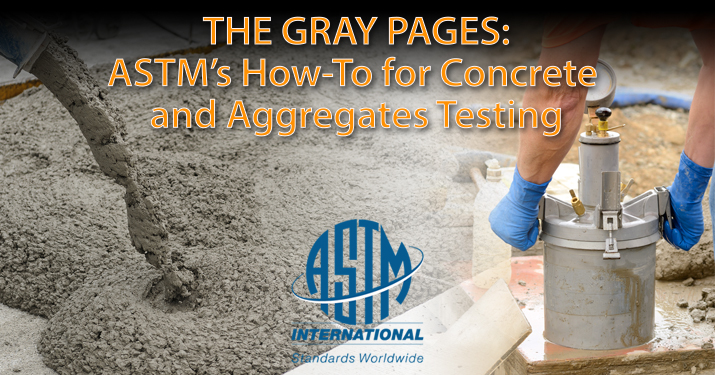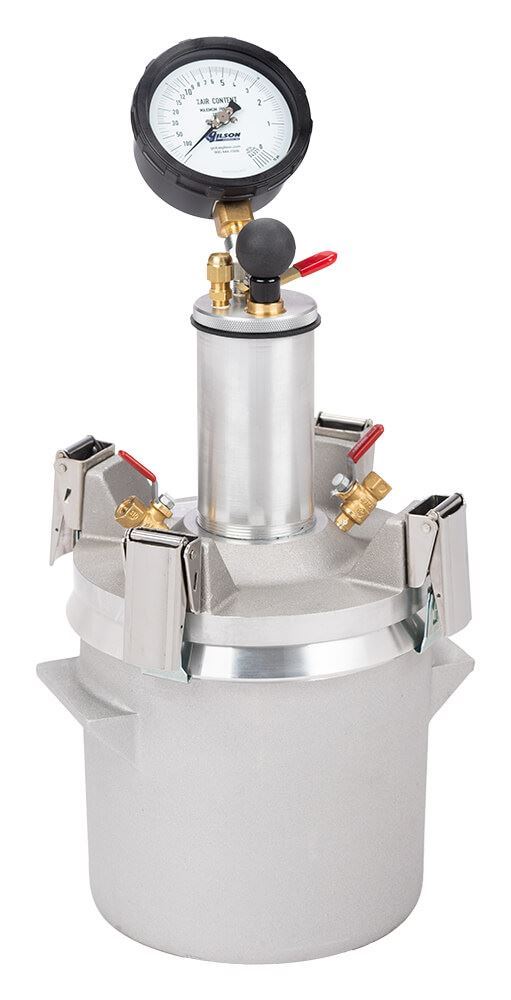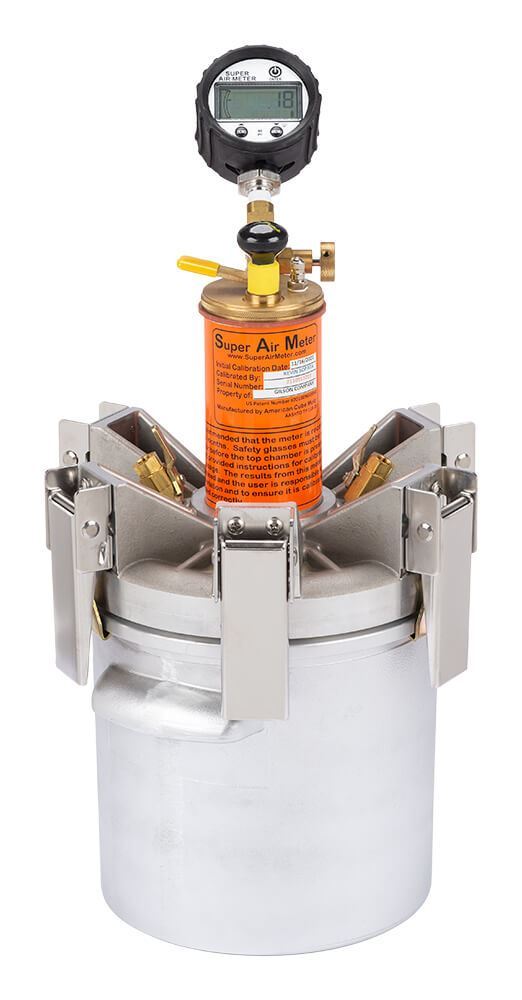
Producing meaningful concrete and aggregate test results rely heavily on following strict procedures in test methods and practices published by ASTM, AASHTO, and other organizations. Requirements for tests on aggregates, concrete compressive strength tests, and other methods are written in clear, concise language following form, content, and style guidelines, but often lack basic explanatory information and guidance for actually getting the job done. Technicians can sometimes be left wondering how to complete the test while complying with the requirements.
A User-Friendly ASTM Resource
It’s an open secret that one of the most valuable references available for construction materials testing labs has long been included with every copy of ASTM Volume 4.02, Concrete, and Aggregates testing. Tucked away in the back of printed editions and included with digital versions, the Manual of Aggregate and Concrete Testing is known informally as the “gray pages” from the shaded edging of the printed pages for easy location. This practical supplement is the how and why of the test methods and a guide to performing concrete and aggregate tests efficiently while conforming to the requirements. The manual has the number designation R0030 and is not an ASTM standard, nor is it written in the “mandatory language” style used in standard practice and test method documents. It aims to direct attention to factors that could affect the results of the concrete and tests.
The most helpful aspect of the manual is that it often simply restates requirements of the standards in plain, simple language. The focus is to help the user perform the tests successfully and in full compliance with the published standards. Reinforcing proper procedures and making them easier to understand encourages greater compliance, reduces operator error, and promotes accurate and repeatable test results.
Content Straight from the Experts
The idea that wisdom is knowledge shaped by practical experience goes to the heart of the gray pages. The manual is written, maintained, and edited by ASTM members of Subcommittee C09.97 with wide and deep real-world backgrounds in concrete and aggregate testing. Input for topical content and information for discussion is welcomed from all industry sources. The subcommittee meets twice a year and content is created, reviewed, and curated to ensure compliance with published standards while offering pragmatic solutions to performing the tests.
The opening chapters of the manual emphasize the importance of keeping current versions of relevant standards on hand and suggestions with references for the qualification of laboratory personnel. Additional sections on the selection and maintenance of equipment, laboratory inspection, audits, and lab safety offer sound direction in the day-to-day operations of a successful construction materials testing laboratory. The bulk of the publication is devoted to chapters focusing on individual test methods.
Below are a few examples where the manual functions as a guide and explainer for the standard methods and practices:
- For ASTM C136 sieve analysis of aggregates, the manual provides a bigger picture of the method. Sieving equipment, practices, sieve maintenance, and some requirements of the ASTM E11 for specification for test sieves are discussed. Part of this section provides an explanation of the definition and function of fineness modulus that goes beyond just the calculation.
- ASTM C231 air content tests using the Type B pressure meters can be greatly affected by leaks that may occur in a number of places on the apparatus. The manual goes into greater detail than the test standard about diagnosing problems with air and water leaks.
- The ASTM C39 test standard for compressive strength of concrete cylinders requires numerous checks for dimensions of the concrete cylinders and alignment during testing. The manual instructs and illustrates acceptable practices to properly perform these measurements. C39 gives basic requirements for concrete compression testing machines, but the manual provides non-mandatory information on the maintenance and operation of this expensive equipment. This section provides tips to prolong service life, maintain accuracy, and ensure reliable operation.
- ASTM standards list a variety of acceptable practices for moist curing of cement and concrete specimens. The manual discusses the pros and cons of these methods and offers valuable insights into the operation and maintenance of moist rooms and curing tanks.
Gilson staff are active participants on ASTM Committees C09 Concrete, D04 Asphalt, D18 Soils, and E29 Particle Characterization. The author has been an active member of C09.97 and other subcommittees for over 20 years.

















